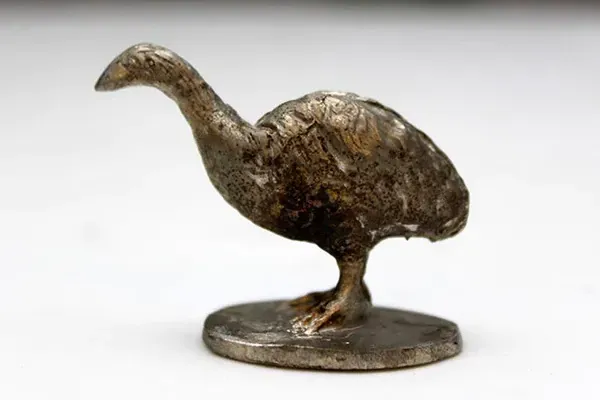Emic Etic? : Enjoy Gallery
Written by

Jorge Satorre
Emic Etic?
October 24 – November 16
Opening: Wednesday, October 23, 6:00pm
Artist talk: Friday 18 October, 12pm. Museum Theatre, 10A02, Massey University School of Fine Arts
Curated by Claudia Arozqueta and Caterina Riva
Micro-history is a methodological inquiry introduced by Italian historian Carlo Ginzburg. The prefix employed in the name, recalls the microscope, and its focus on the very small. Micro-history studies threads and traces, follows clues and anomalies, anything that would not be considered worthy or important from the perspective of the Grand Narrative. Jorge Satorre’s oeuvre has often looked at micro-history as a guiding principle for his enquires into different geographic and cultural contexts.
The title of this exhibition borrows two terms from anthropology: the ‘Emic’ is an approach that investigates how local people think and is determined by custom, meaning and belief, while ‘Etic’ shifts the focus to more scientific observations.
In Satorre’s project in New Zealand, the usual anthropological path is inverted since he hasn’t had any previous contact with this place and its culture. From Mexico, Satorre has been trying to find out more about the history of this country by researching and communicating with various people based here. The risk of incurring misunderstandings and mistakes, will be tested out in October when Satorre will visit New Zealand.
Small stories, fragments of things are used by the artist as departure points to engage with the place. One of the projects he is presenting creates a bridge between Mexican jade and New Zealand greenstone that will be carved in Auckland by artist Joe Sheehan.
Two other projects expand on the rapid extinction of many endemic species of birds. One of them consists of 51 extinct birds modelled in small bronze statuettes. The birds’ dimensions and material are inspired by tin soldiers, which were invented in 1800 in Germany, where they were used to exemplify military tactics and subsequently became children’s toys.
The other focuses on the case of the Haast’s eagle, a giant eagle that in historical M?ori accounts was capable of seizing people. Remnants of this bird of prey were found in the South Island in 1871, the surviving bones (femur, rib, talon) are kept in the Canterbury Museum. Satorre addresses the different theories on the plausible sizes of the eagle and how they have decreased over time.
Satorre has trained as an illustrator and has collaborated with cartoonists in the past. For Emic Etic? he has invited Guy Body, one of the cartoonists of the NZ Herald, and Mexican cartoonist El Fisgón, whose work appears in the paper La Jornada, to have their drawings reproduced in the gallery. Instead of asking the cartoonists to comment on current social and political events, Satorre is interested in diving into their subjectivity and personal stories.
At the core of the project are notions of space and scale, which are translated in symbolic and material exchanges between Mexico and New Zealand, collaborations with local artists, as well as the partnership between Enjoy Gallery in Wellington and Artspace in Auckland.
We gratefully acknowledge the support of The Embassy of Mexico and Massey University